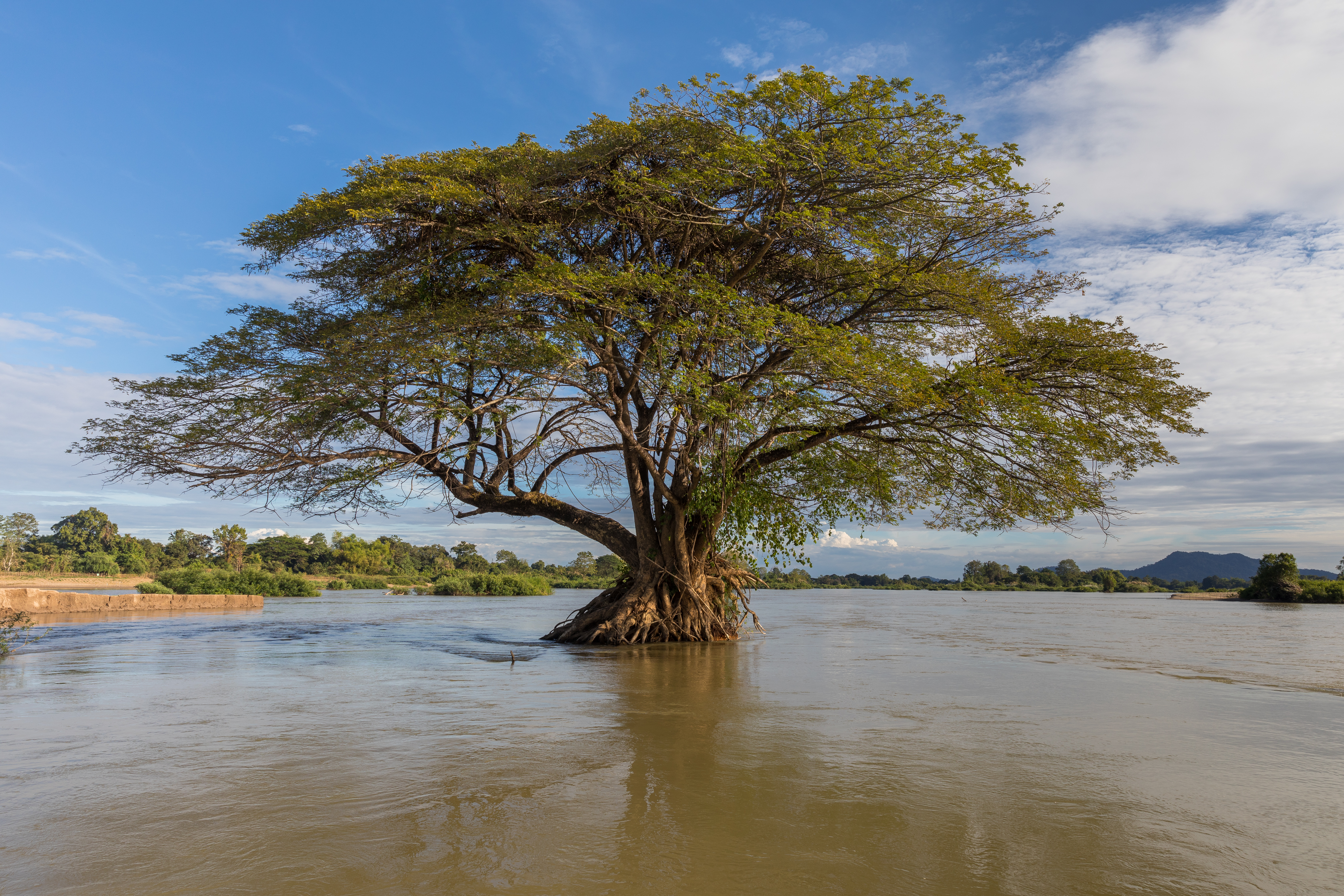The research paper discusses internal and external energy concerning seismic events and volcanic formations. Internal energy is the movement of energy mantles through the earth’s crust, while external energy is the solar energy accumulated on the earth’s surface. The paper highlights that seismic waves in areas with volcanic combustion are energy supplies that stimulate ignition and help sustain the chain reaction of combustion.
Additionally, the paper discusses the factors that contribute to the buildup of external energy and make an area prone to seismic risk. The geological components of an area, soil type, climate, and rainfall can facilitate the accumulation or dispersion of solar photons, and according to the quality of the soil, the intensity of the vibration varies. Additionally, the paper highlights that the disturbance of external energy causes so-called “seismic whirlpools” by the transit of internal energy, which can trigger another seismic event.
Finally, the paper also explains that volcanic formations take thousands of years to form, and the life of a volcano is related to the lifetime of the body on which it develops. The type of volcanic activity is determined by the reaction capacity of the materials present in the area, plus the influence of water steam. A volcano may experience a decrease or increase in activity or have intermittent activity. Lastly, the paper notes that during the cessation of volcanic activity, a reaction similar to lighting a match can be observed, reaching a temperature of 2000°C at the moment of ignition.
Summary of: Theory of Volcanic Energy (Expanded English Edition), by Claudio Valverde Ramírez et al.
Link to the article: https://journals.modernsciences.org/index.php/msj/article/view/28
References
- Valverde Ramírez, C., Valverde Romero, Y., & Valverde Romero, M. (2023). Theory of Volcanic Energy (Expanded English Edition). Modern Sciences Journal, 12(1). https://doi.org/10.57184/msj.v12i1.28












